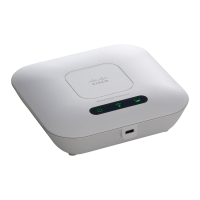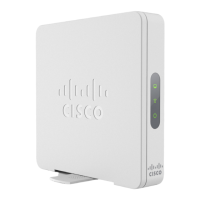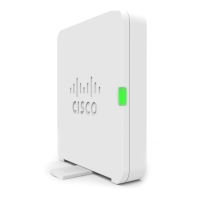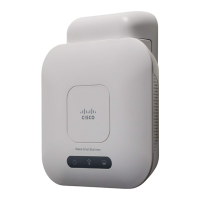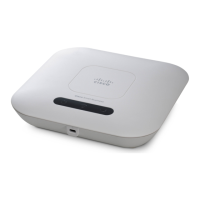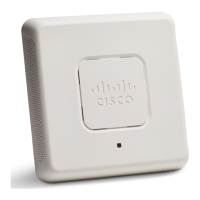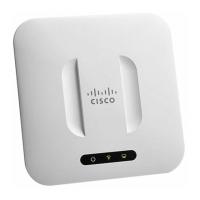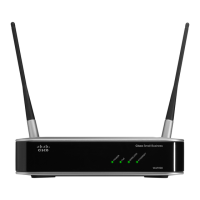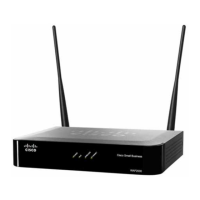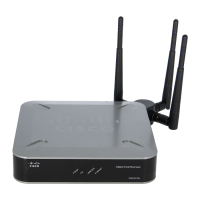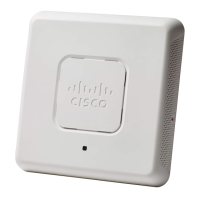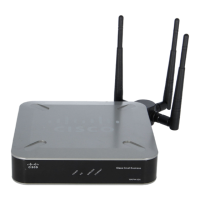For each bit position in the MAC mask, a 0 indicates that the corresponding address bit is significant and a 1
indicates that the address bit is ignored. For example, to check only the first four octets of a MAC address, a
MAC mask of 00:00:00:00:ff:ff is used. A MAC mask of 00:00:00:00:00:00 checks all address bits and is used
to match a single MAC address.
• Destination MAC Address — Requires the packet's destination MAC address to match the address defined in the
appropriate fields.
• Any — Allows for any destination MAC address.
• Single Address — Enter the destination MAC address to compare against an Ethernet frame.
• Address/Mask — Enter the destination MAC address mask to specify which bits in the destination MAC to
compare against an Ethernet frame
• VLAN ID — The VLAN ID to compare against an Ethernet frame.
• Any — Allows for any VLAN ID.
• Custom — Enter the specific VLAN ID to compare against an Ethernet frame. This field is located in the
first/only 802.1Q VLAN tag. The port range is 1 to 4094.
• Class Of Service — Specifies the class of service 802.1p user priority value.
• Any — Allows for any class of service.
• Custom — Enter an 802.1p user priority to compare against an Ethernet frame. The valid range is from 0 to
7.
Step 7 Click OK. The changes are saved to the Startup Configuration.
To delete or modify an ACL, select the ACL and then click Delete or Edit. To delete or modify a rule, select
the rule in the Details Of Rule(s) area and click Delete or Edit.
Note
Step 8 Click Apply.
Client QoS
Client Quality Of Service (QoS) is used to control the wireless clients connected to the network, and manages
the bandwidth that is used. Client QoS can control the traffic such as the HTTP traffic or traffic from a specific
subnet by the use of Access Control Lists (ACLs). An ACL is a collection of permit and deny conditions,
called rules, that provide security and block unauthorized users and allow authorized users to access specific
resources. ACLs can block any unwarranted attempts to reach network resources.
Traffic Classes
The QoS feature contains Differentiated Services (DiffServ) support that allows traffic to be classified into
streams. It is also given a certain QoS treatment in accordance with defined per-hop behaviors.
The standard IP-based networks are designed to provide best-effort data delivery service. Best effort service
implies that the network delivers the data in a timely fashion, although there is no guarantee that it will. During
times of congestion, packets may be delayed, sent sporadically, or dropped. For typical Internet applications,
Cisco WAP150 Wireless-AC/N Dual Radio Access Point with PoE / Cisco WAP361 Wireless-AC/N Dual Radio Wall Plate Access Point with PoE
88
Access Control
Client QoS
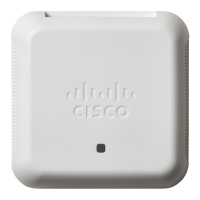
